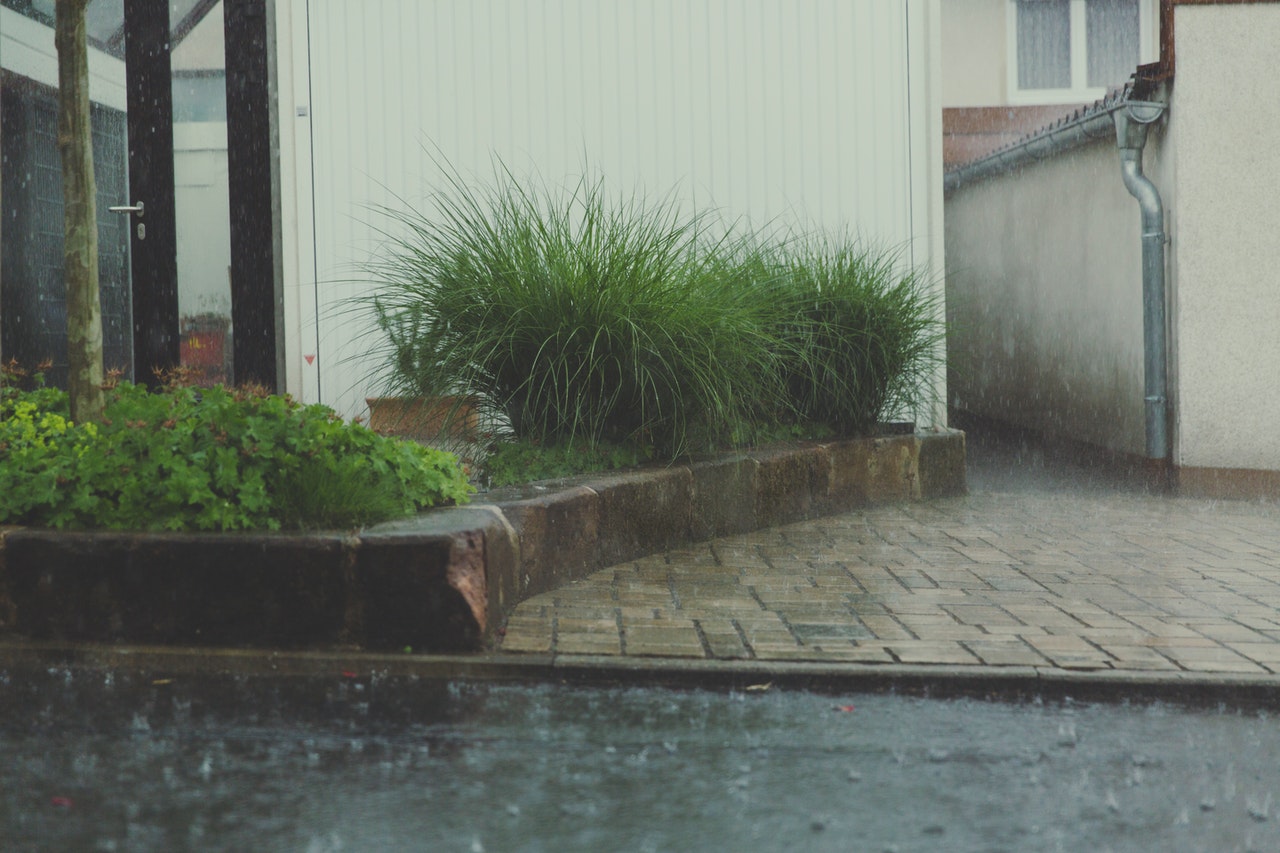It’s no secret that the climate is changing. However, what may surprise some is how those changes will affect home design. To create a home that can withstand whatever weather comes into its way; you’ll need to take a few specific steps. Here are six tips for designing your house to sustain extreme weather.
Start With the Basics
When designing a house that can withstand extreme weather conditions, it is essential to start with the basics. The first step is to ensure that the house’s foundation is solid and stable. The foundation will act as the anchor for the rest of the house, so it needs to support the structure’s weight and resist movement from high winds or shifting soils. The second step is to ensure that the house’s walls are properly reinforced. In particular, the walls need to resist high winds and withstand impacts from flying debris. Finally, the house’s roof needs to be designed to shed water quickly and resist wind damage. These basic design principles will go a long way toward making your home more resistant to extreme weather conditions.
Use the Right Materials
When designing a house to sustain extreme weather, it is essential to use suitable materials. For example, it is crucial to use materials resistant to high winds in areas with a risk of hurricanes. This includes things like hurricane shutters and reinforced windows. It is vital to use materials that can withstand seismic activity in earthquake-prone areas. This includes things like earthquake straps and foundation bolts. And in areas where wildfires are a risk, it is essential to use fireproof materials. This includes things like non-combustible siding and ignition-resistant roofs.
Similarly, when residing in a place with a higher frequency of rain, choose materials that can restrain the inner flow of water. In this case, you should also consider using materials that are resistant to corrosion. This includes things like corrugated roofing sheets and windshields. Using suitable materials can help ensure that your house can withstand whatever Mother Nature throws your way.
Consider the Climate
Designing a house that can withstand extreme weather conditions starts with understanding the climate. The first step is to research the average temperatures and precipitation for the house’s area. Once you have this information, you can start to design a home that will be comfortable in all seasons. For example, if you live in an area with scorching summers, you may consider using window treatments to block out the sun’s rays. Alternatively, if you live in a room with cold winters, you may want to invest in insulation and heating systems that can keep your home warm. By taking the time to understand the climate, you can design a house that will be sustainable in any weather condition.
Create a Backup Plan
There’s no question that extreme weather is becoming more and more common. From destructive hurricanes to record-breaking heat waves, it’s clear that we need to start preparing for the worst. When it comes to our homes, that means creating a backup plan in case of severe weather.
The first step is to assess the risks specific to your area. Do you live in a hurricane zone? Are you at risk of flooding? Once you know the dangers you’re facing, you can start to take steps to protect your home. For example, if you’re in a hurricane zone, you might want to invest in impact-resistant windows and doors. If you’re worried about flooding, you might want to raise your home’s foundation or install flood vents.
No matter what risks you’re facing, it’s essential to have a plan. Taking steps now to prepare for extreme weather can help ensure that your home is safe and sound no matter what Mother Nature throws your way.
Safe Room
There’s no such thing as being too prepared for extreme weather. One way to protect your family in a severe storm is to create a safe room. A safe space is a sturdy, reinforced structure designed to withstand high winds and flying debris. Safe rooms can be built indoors or outdoors, and they can be as straightforward or as elaborate as you like.
When choosing a location for your safe room, it’s essential to pick a spot away from windows and doors. The walls of the safe room should be made of solid materials like concrete, brick, or stone. And the roof should be able to withstand high winds and flying debris.
By following these tips, you can be sure that your home is designed to withstand whatever extreme weather comes it is the way.



